Would you believe it if you were told that painting Mona Lisa’s lips alone took 12 years? Well, you should believe it because it’s true. Continue reading to discover more such crazy art facts.
50 Crazy Facts about Art
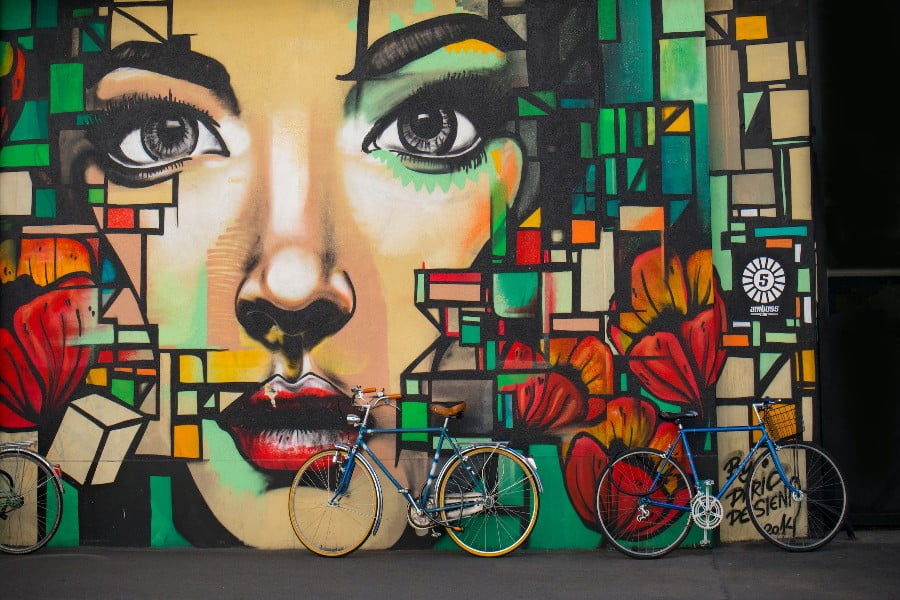
1. Oxford Dictionary contains 12 definitions for the word ‘art’
The various definitions define art as the practice of various creative processes like making music and objects to depict emotions, performing, creating drawings, painting or images, etc.
2. Art used to be a part of the Olympics between 1912 and 1948
Baron de Coubertin believed that for one to be called a true olympian, he/she must also be equipped with artistic skills besides being a talented sports person. Thus, people were also rewarded with medals for sculpting, painting, architecture, music, and literature between the years 1912 and 1948.
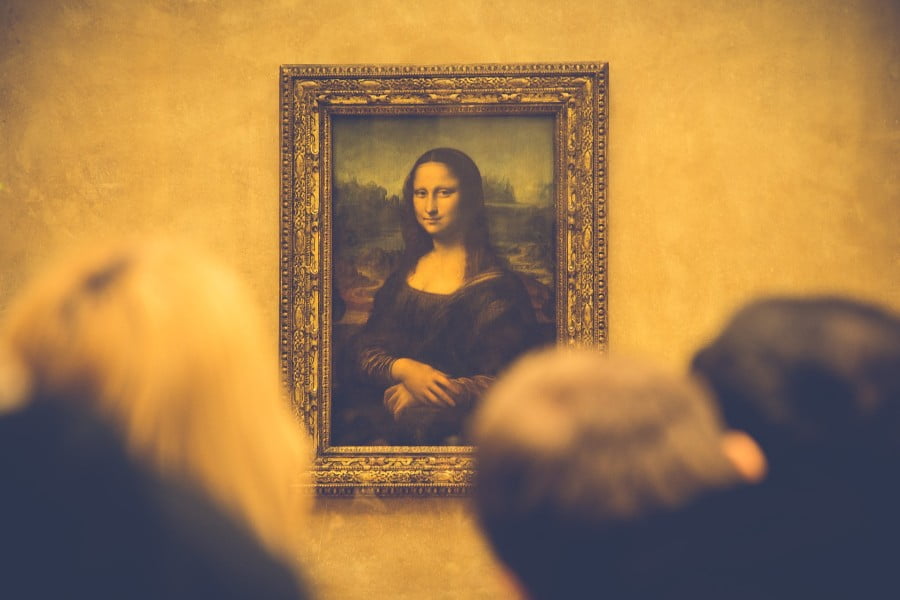
3. Mona Lisa boasts of having her mailbox in the Louvre for all the love letters written for her
Mona Lisa continues to fascinate people even after several centuries of its creation. Fans continue giving gifts to her to this day. These gifts range from flowers and love notes to poems.
4. The color wheel has been in existence before the United States came to be
The colour wheel was invented by Sir Isaac Newton in the year 1706. He achieved this by refracting white sunlight into its different colours. This revelation was radical for it showed how light was the reason for colour.
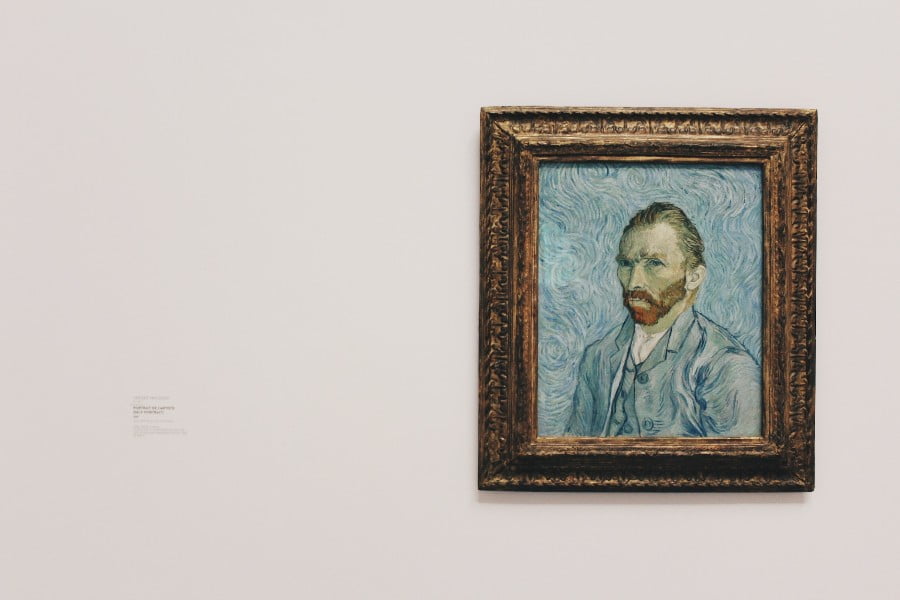
5. Vincent van Gogh painted The Starry Night in a psych ward
The oil-on-canvas painting The Starry Night was painted by Vincent van Gogh while he was admitted in the Saint Paul de Mausole psychiatric hospital in Saint Remy. It portrays the view from a window in the hospital with imaginary visions.
6. In the 18th and 19th centuries, the painting of a lover’s eye in an accessory was popular
Prince Wales originated this gesture by giving the woman he fell in love a locket that had a painting of his eye on the inside. It became a trend and started to symbolise your love for your partner.

7. Mona Lisa did not gain popularity before being stolen
Mona Lisa did not receive the acclaim it enjoys today even after 350 years of its completion. It got popularised and started gaining immense attention only after it was stolen in the year 1911. A lot of people even came to look at the empty place of the Mona Lisa in the exhibition.
8. Picasso’s Les Demoiselles d’Avignon was deemed immoral during its release
Picasso’s abstract depiction of five prostitutes was labelled as immoral at the time of its release in 1907. He went over 100 sketches and studies before finally setting it onto canvas. Certain incarnations feature a man as one of the prostitutes.

9. Only one of Vincent van Gogh’s paintings was sold during his lifetime
Despite Vincent van Gogh’s immaculate production of art that surpassed over 900 paintings, he only sold one painting during the period of his life. This sale took place in Brussels just a few months before he passed away.
10. New Jersey boasts a spoon museum
The museum has a collection of over 5,400 spoons from various parts of the globe. A special event is commemorated through every spoon. The museum displays no more than 250 spoons at a time, which are rotated seasonally.

11. Artist Willard Wigan once inhaled his own work
Wigan makes ‘micro-sculptures’ which are so tiny that one requires a microscope to view them. While creating these delicate pieces of art, he has to calm his heartbeat and work between pulses. Alice, from Alice in Wonderland was the work he inhaled.
12. Street artist Banksy stuck his own work to the wall in the Tate Modern Museum
Crimewatch UK Has Ruined the Countryside For All of Us was hung in one of the world’s most famous museums in 2003 if only for a few hours. The prank came to an end because of inadequate glue. This ended up inspiring Andrzej Sobiepan who was a Polish art student, to try the same in 2005. He managed to outdo his inspiration as his work passed off as part of the National Museum’s collection.
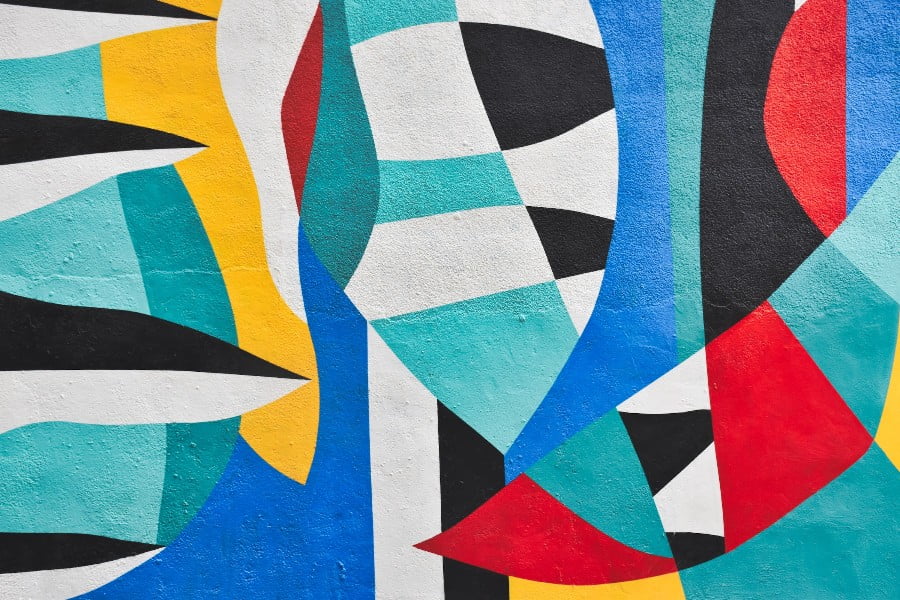
13. Pablo Picasso didn’t steal the ‘Mona Lisa’
The Mona Lisa had gotten stolen from the Louvre in 1911. Eight days later, Joseph Géry Pieret told the Paris-Journal that Picasso and his pal, the avant-garde poet Apollinaire, had Iberian statues that had also been taken from the Louvre making Picasso one of the top suspects. It was later found out that Pieret himself was behind stealing the statues and selling them to Pablo Picasso (who paid for them despite having “Property of the Louvre Museum” stamps on their bottoms.). Picasso and Apollinaire were questioned in court about the whereabouts of the “Mona Lisa,” and they handed the sculptures back to the Paris-Journal. They were eventually freed because there was no proof linking them to the theft. Picasso was relieved when the “Mona Lisa” was discovered in Florence, Italy, in December 1913. It was discovered that Vincenzo Peruggia, a worker at the Louvre, had taken the artwork in an effort to restore it to its native Italy.
14. Believe it or not, Leonardo da Vinci was also a Procrastinator
He had a peculiarity that contributed to his genius: he was easily sidetracked. Leonardo, the very definition of a “Renaissance man,” had a habit of abandoning his incomplete projects. The hundreds of notes and sketches he left behind for projects after his death in 1519 serve as proof of this. It took him a total of 17 years to complete two of his most well-known pieces. Three years were spent on “The Last Supper,” Leonardo’s famed mural, while a whopping 14 years were spent on the famous—and surprisingly diminutive—”Mona Lisa.” It is reported that Leonardo didn’t complete “The Last Supper” until his patron threatened to stop paying him.
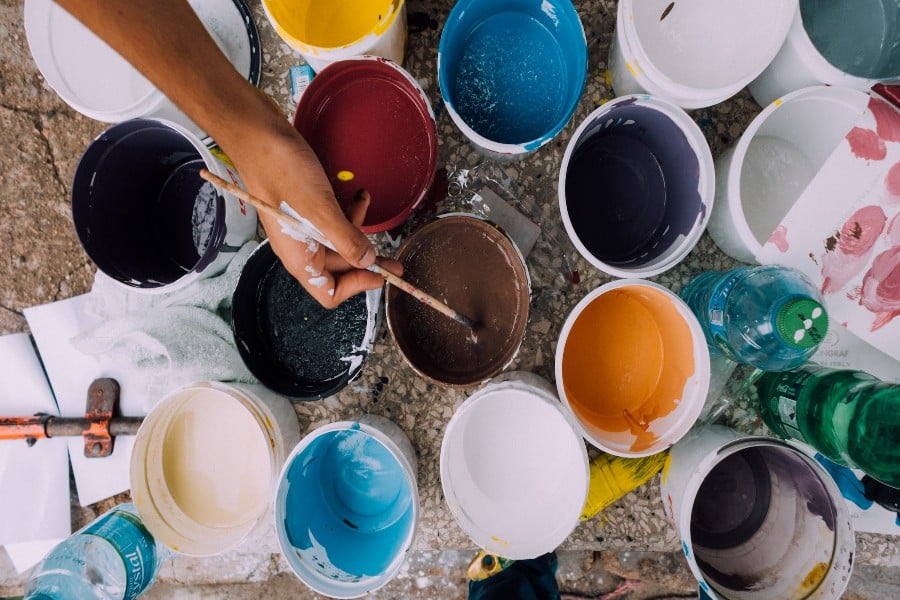
15. Pierre-Auguste Renoir painted despite suffering with crippling arthritis
Beginning in 1892, Pierre-Auguste Renoir, one of the leaders of the Impressionist movement, experienced rheumatoid arthritis. Amazingly, despite his suffering and constraints, Renoir painted during the final 20 years of his life. Renoir was still able to hold a brush in his hand, but he needed help getting it there. Renoir set up his brush and had a helper to set up his palette while he worked. In order to make larger works, he also used a moving canvas. Contrary to popular misconception, Renoir did not use bandages to attach brushes to his hands as can be seen on his hands in photographs from his later years. They kept his curled fingers from burrowing into his hands, instead.
16. Francisco Goya discovered an unique method to enter art school
Goya filed applications for admission to the Royal Academy of Fine Arts of San Fernando in Madrid in 1763 and 1766. Both times, he faced rejection. Following these failures, Goya set out for Italy in 1770 to hone his craft. In 1771, after arriving back in Madrid, he made friends with and trained under the artist Francisco Bayeu, who also happened to be a member of the Royal Academy. Goya wed Josefa, Bayeu’s sister, in 1773. Goya was ultimately admitted to the Royal Academy of Fine Arts of San Fernando in 1780 thanks to these advantageous contacts and his growing artistic accomplishment. He was appointed as King Charles III’s painter in 1786, and the school named him the deputy director of painting five years later.

17. Using the portraits of Marilyn Monroe, Kim Dong Yoo created a painting of Albert Einstein
Kim Doong Yoo is popular for creating paintings of famous people using smaller paintings of other famous people. His entire body of work is done by hand.
18. According to Picasso, art is done to wash away the dust of our daily lives from our souls
For Picasso, art is intrinsic to human existence and specially for our souls. He believed that our souls continuously yearn for it. Like food is eaten to energise our body, art is used to replenish the souls. It helps revive our souls and deal with the everyday sorrows of life.
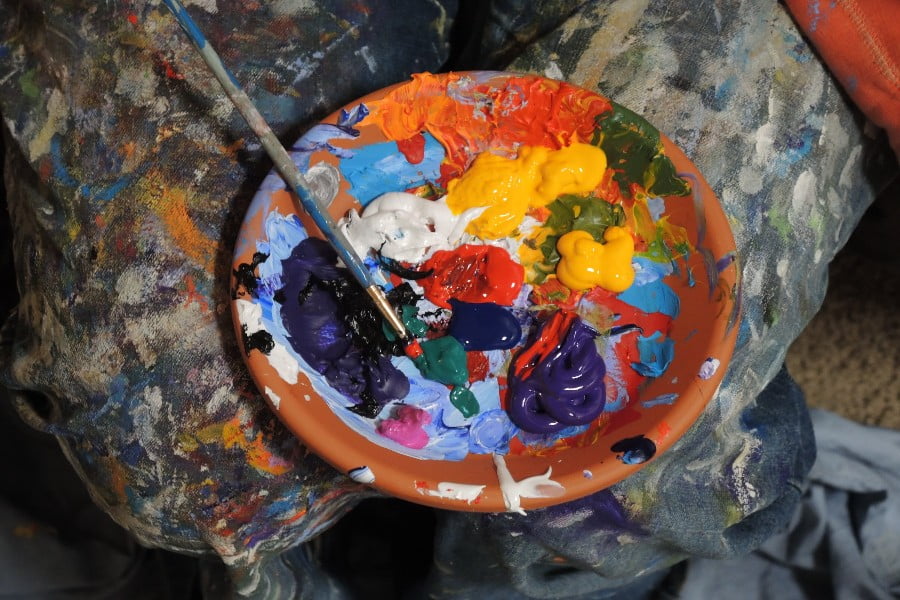
19. Mount Rushmore National Memorial is the largest sculpture in the world
The construction of Mount Rushmore took 14 years; beginning in 1927, it was completed in 1941. Four former American presidents’ heads are depicted on it. These include Thomas Jefferson, Abraham Lincoln, Theodore Roosevelt, and George Washington.
20. The most well-known graffiti artist in the world is Banksy, however no one is aware of his real name
He is popular for his contentious and politically charged works. Many people think he is English and was born in the middle of the 1970s. The late 1990s saw a rise in the popularity of Banksy’s art.

21. Leonardo da Vinci was ambidextrous
He was capable of writing with one hand while simultaneously drawing with the other. Researchers were able to infer this by observing certain writings in his works that were mirrored or written backward on one side and normally on the other.
22. Claude Monet was suggested to become a grocer rather than an artist
Monet’s father disapproved of his son’s blossoming into an artist. Instead, he was advised to become a grocer so as to acquire a steady wage. Monet’s paintings of water lilies, which were inspired by his garden, are his best-known pieces.

23. The Last Supper originally included Jesus’ feet
Jesus’ feet were initially depicted in Da Vinci’s second most well-known piece, which is on display at the Convent of Santa Maria Delle Grazie in Milan, Italy. However, during the installation of a doorway in the refectory where the painting is on display in 1652, construction workers made a cut in the mural’s bottom centre, chopping off Jesus’ feet.
24. The subject of the Mona Lisa continues to remain a mystery
While some contend that Leonardo da Vinci’s most well-known picture is a self-portrait of the artist in drag. Research has revealed that Lisa Gherardini, a woman from a wealthy silk merchant’s wife and a notable Florentine family, is also likely to be the subject. The artwork may have been ordered by Gherardini’s father, who was said to be a close friend of Leonardo’s father.
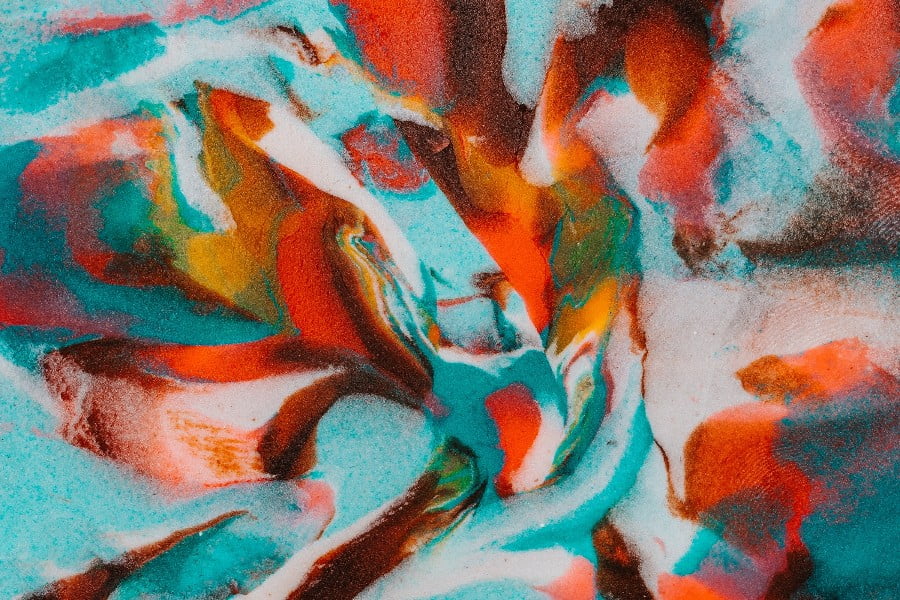
25. A tribal art that remains popular even after existing for centuries
The art that we are talking about is none other than Warli art. It can be dated back to 2500 BC. It has recently garnered a lot of attention as is apparent with its widespread use in a varied range of products from decor items to cups and bowls. which is currently a hot trend on mugs, lanterns, walls, paintings, bedspreads, furnishings, and more.
Read also – 24 Awesome Facts about Octopuses
26. Madhubani art once prevented deforestation
Beautiful depictions of Hindu deities can be found in Madhubani, a Bihar-based art form. A group of painters painted colourful works of art on tree trunks and bark in 2012 to deter others from destroying trees. It succeeded as not even a single tree with Madhubani art was cut down.

27. The subject of Johannes Vermeer’s Girl with a Pearl Earring remains contestable
Many people believe that he did not need to struggle a lot to find his muse as they believe that the painting portrays Vermeer’s daughter Maria.
28. The marble used to make the sculpture of David was originally meant to be moulded into a statue of Hercules
43 years previously, a sculptor by the name of Agostino di Duccio had the marble slab that Michelangelo used to create the statue of David carved for a statue of Hercules. Di Duccio abandoned his sculpture—originally intended to be placed in a cathedral in Florence—and the marble sat unused for ten years before Antonio Rossellino, another artist, chose to utilise it. Rossellino also gave up on his project because he found carving marble to be too challenging, and Michelangelo eventually started work on his sculpture in 1501.
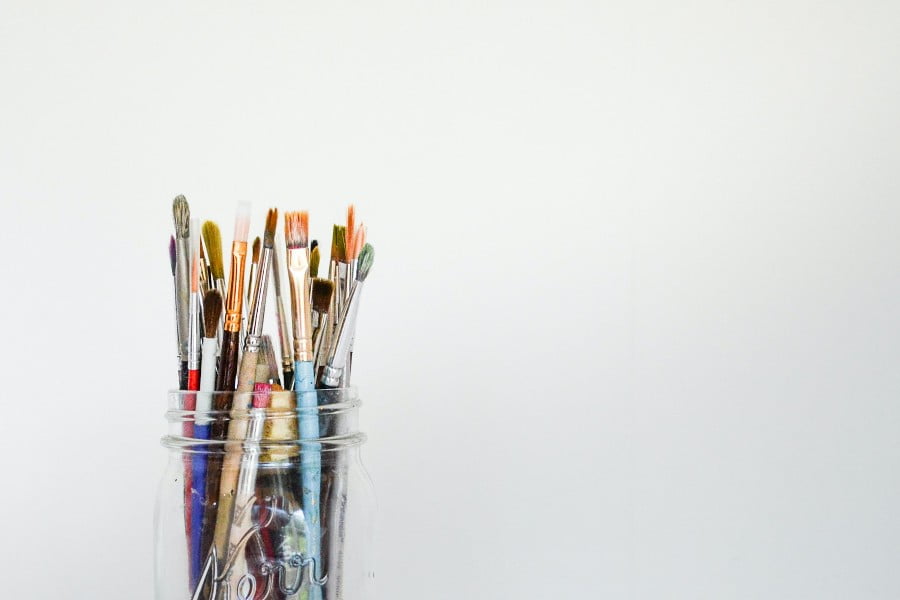
29. The well-known sculpture by Auguste Rodin The Thinker began as a much smaller artpiece
As the centrepiece of a larger sculpture known as “The Gates of Hell,” Rodin first produced a 70 centimetre version of it in 1880. The sculpture, formerly known as The Poet, was believed to be a portrayal of Dante himself and was inspired by Dante’s Inferno. The renamed sculpture was first displayed separately in 1888 before being enlarged to the current size in 1904.
30. The Expressionist artist Edvard Munch painted five versions of his infamous painting, The Scream
The first two were made in 1893 with tempera and crayon on cardboard. They are housed in the National Gallery in Oslo, and the Munch Museum respectively. A third version made in 1895 using pastels was once privately owned but it recently got sold for close to $120 million at auction. A black and white lithograph from 1895 is still another variation. The Munch Museum also houses a final version by Munch, completed in 1910 as a result of the success of the earlier iterations.
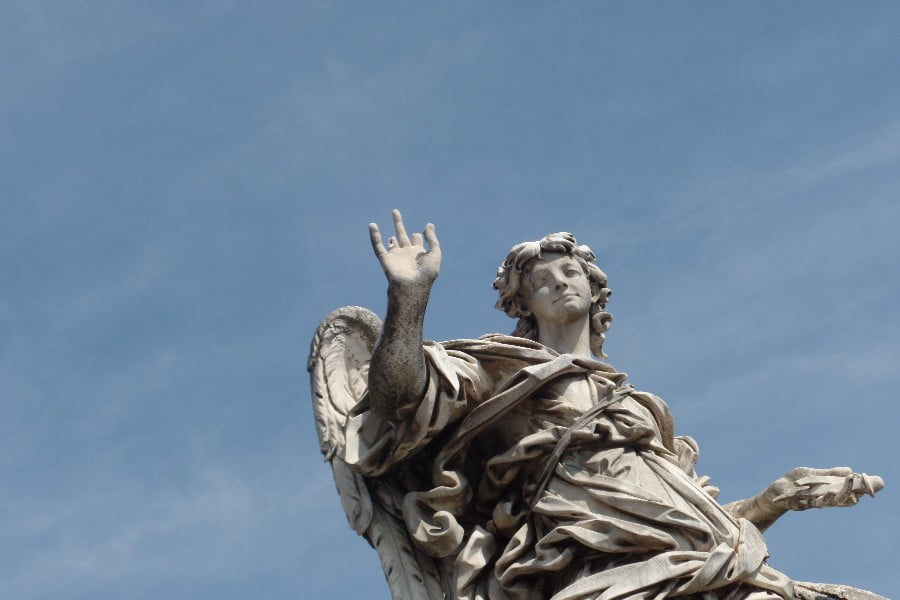
31. Michelangelo painted the fresco ceiling of the Sistine Chapel entirely standing up
The fresco ceiling of the Sistine Chapel and its most well-known panel “The Creation of Adam,” showing God creating the first man was completed whilst standing up throughout the painting process by Michelangelo. To do this, the artist created a series of scaffolding that were specifically constructed to attach to the chapel walls with brackets so that he and his assistants could reach the ceiling above their heads to work and paint.
32. South Indian paintings dating back to the 17th century are stored in great numbers at the British Museum
More than 1,000 works from this collection were put on display at the museum in 2007 to commemorate 60 years of Indian Independence. These works covered a wide range of themes, genres, and styles of Indian art.
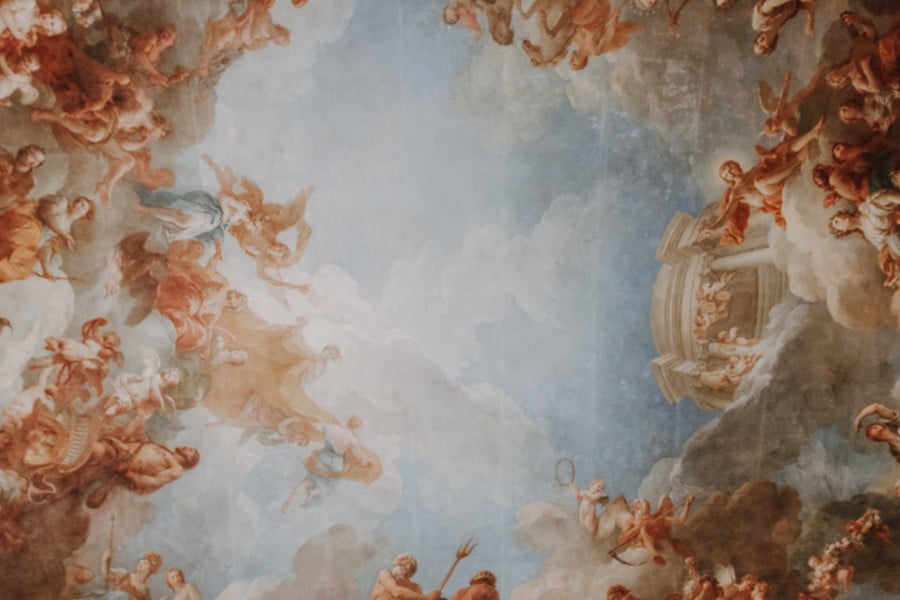
33. One of the best art frescos in the world, Kerala murals which are 3500 years old were made entirely of eco-friendly materials
These historical paintings, famous for illustrating mythology and stories, still use natural paints and vegetable colours to achieve the intricate layering and beautiful shading.
34. Roman statues had removable heads
Romans created statues with removable heads so they could quickly swap out one for another depending on which emperor or hero was more popular during the period. Detachable head sculptures typically featured a common body and wore a standard outfit so that it could fit any person.
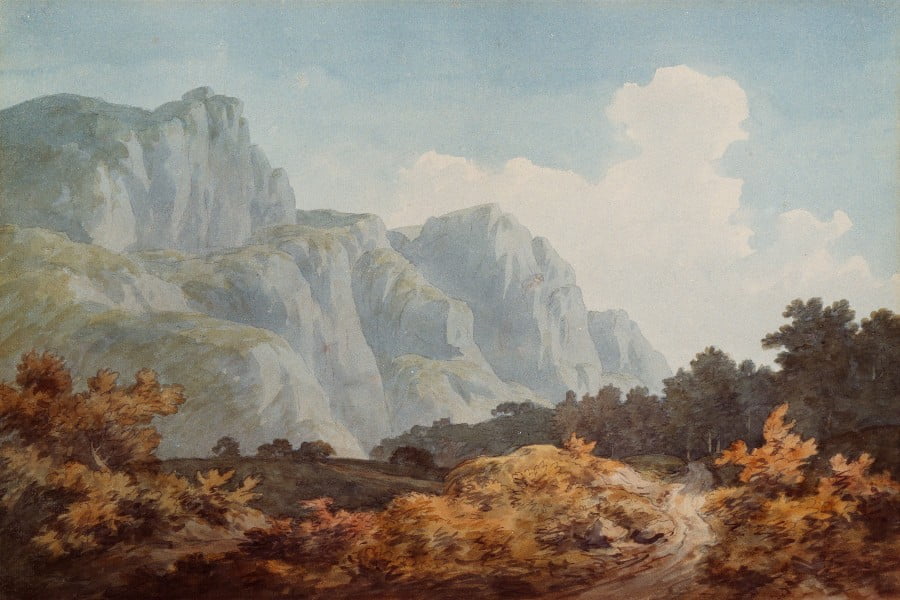
35. Research has shown that practing art stimulates good results in other subjects as well
New brain research has presented the view that art promotes creativity, social development, and self-worth in individuals. Other researches also claim that studying art results in a better understanding of other academic skills like reading and is even fruitful for a better grasp of mathematical concepts.
36. The first word that Picasso uttered was pencil
From a young age, Picasso showed a love and talent for art. He had learned the ability to draw even before he could walk. His mother claims that his first words were “piz, piz,” a shortened version of the Spanish word for “pencil” (lápiz).
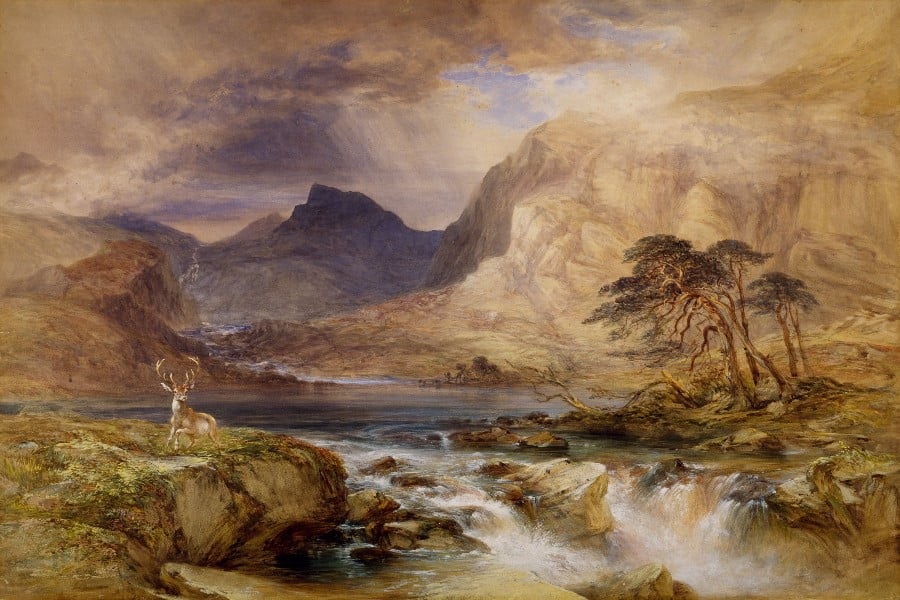
37. According to a recent study, art instruction lowers the percentage of pupils in the school that receive disciplinary penalties
According to the study, adding more arts-related educational opportunities lowers disciplinary infractions among students by 3.6 percentage points overall.
38. Salvador Sali was once inspired by chunks of cheese melting in the sun
Salvador Dali though insisted on never opening up about the meanings of his work, once claimed that the inspiration for his renowned melting clocks originated from pieces of Camembert cheese he saw melting in the sun, but he might have just been kidding.
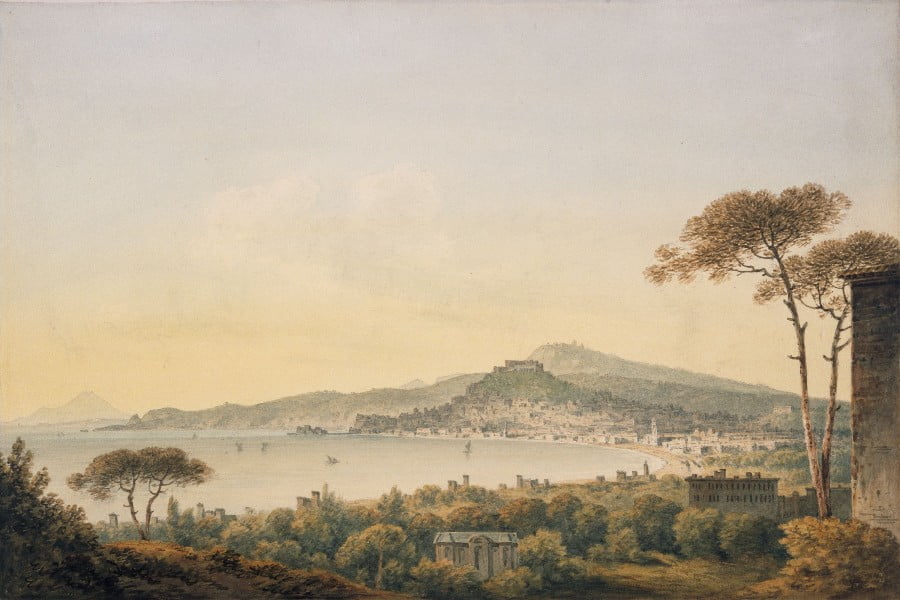
39. Abstract Expressionist Jackson Pollock garnered popularity for his many drip paintings
He produced each of these works by laying the canvases horizontally on the studio floor in his backyard and applying layers of paint to them with care. In order to make Autumn Rhythm (Number 30), Pollock used unconventional tools like knives, trowels, and sticks. TIME magazine also gave him the title Jack the Dripper for his distinctive painting style. Pollock’s works all exhibit life, vitality, and flow. Additionally, Pollock was credited as being the main inventor behind the new abstract expressionism movement in American painting.
40. Piet Mondarian moved to New York City in 1940 and found inspiration for his famous work in the city’s street layouts
He was one of the numerous artists from Europe who immigrated to the US after World War II. On his first night in New York, he was introduced to boogie-woogie music and fell head over heels in love with both the city and the music. He soon started, as he said, incorporating a little boogie-woogie into his artwork. He modelled his popular artwork Broadway Boogie Woogie on the distinctive grid pattern of the city’s streets.
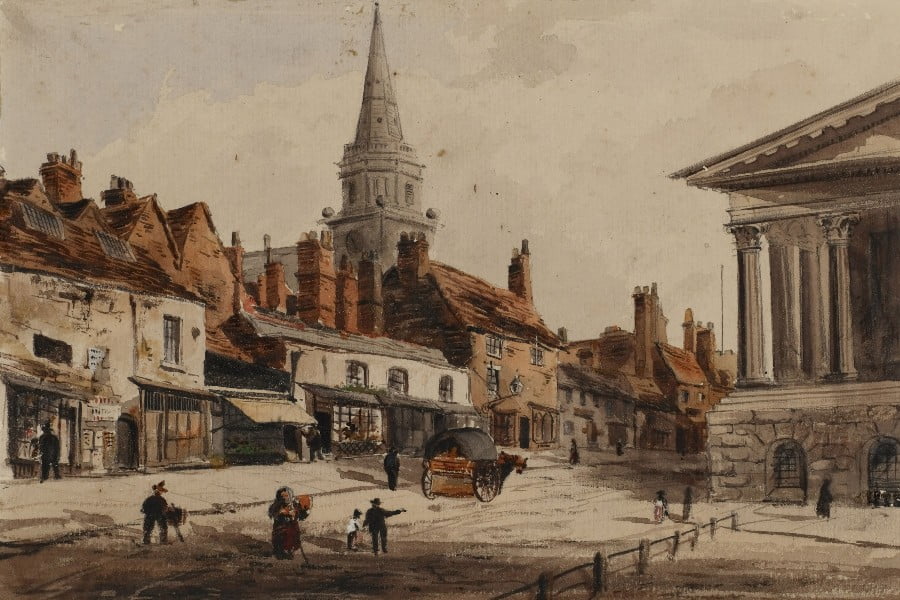
41. Grant Wood’s American Gothic is another well-known work with intriguing models
Grant Wood’s American Gothic is another well-known work with intriguing models Wood intended to incorporate his mother, Hattie, as a subject for his painting in order to capture the ideals of rural America. Wood reasoned that his mother would find standing for so long tiresome, so he had his sister pose while wearing his mother’s apron and pin. Wood used his 62-year-old dentist to represent the male subject in the painting.
42. Leonardo da Vinci was a staunch supporter of animal rights
Leonardo not only avoided consuming meat but also freed caged birds by buying them and then releasing them. Edward MacCurdy in The Mind of Leonardo DaVinci writes ‘…The mere idea of permitting the existence of unnecessary suffering, still more than of taking life, was abhorrent to him.’
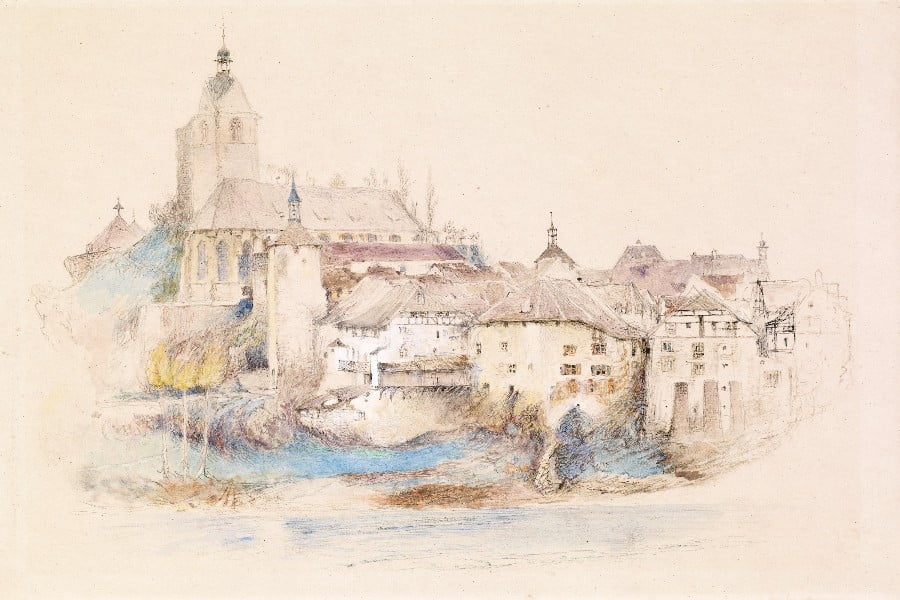
43. Pablo Picasso also was an ardent animal lover
The well-known Spanish artist Pablo Picasso had a soft spot for animals. He had a monkey, an owl, a goat, a turtle, and packs of dogs and cats as pets during his lifetime.
44. Campbell’s Soup is shown in a pop art depiction in a series of 32
Each canvas represented a different type of soup that the company at the time sold. The paintings were grouped in chronological order of when the soups were first exhibited because Andy Warhol did not specify how they should be shown.
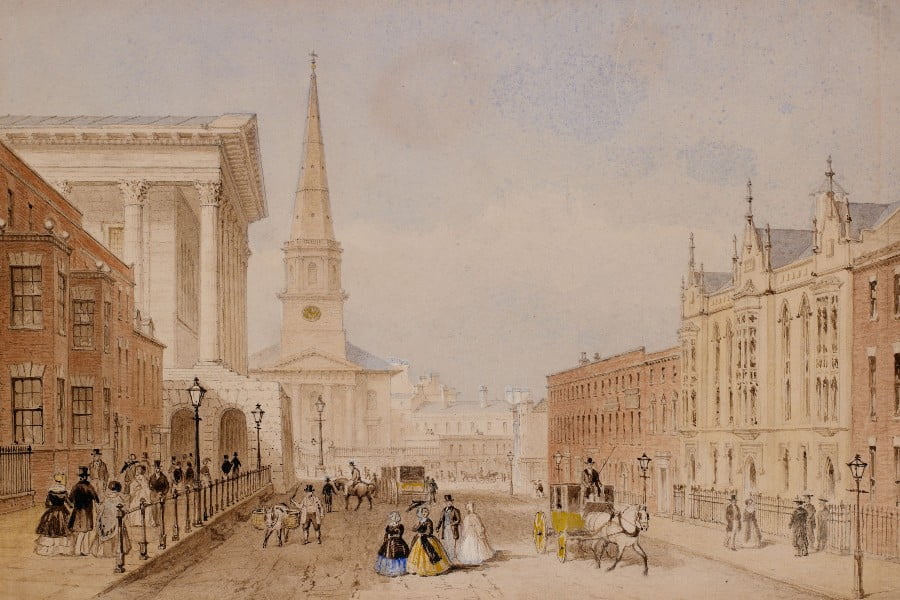
45. Salvador Dali, a surrealist artist, believed he was his deceased older brother.
Dali thought he become his older brother’s reincarnation nine months after his death. Years passed while he maintained this notion and engaged in odd behaviour. One time Dali was scheduled to give a speech and showed up in a scuba diving costume.
46. New York Museum of Modern Art once displayed the Le Bateau upside down
New York once opened a new exhibit that featured the last works of Henri Matisse. Le Bateau, one of the pieces on display, was hanging upside down for the duration of the exhibition, but neither the personnel nor the guests noticed this. This error was not discovered for 47 days.
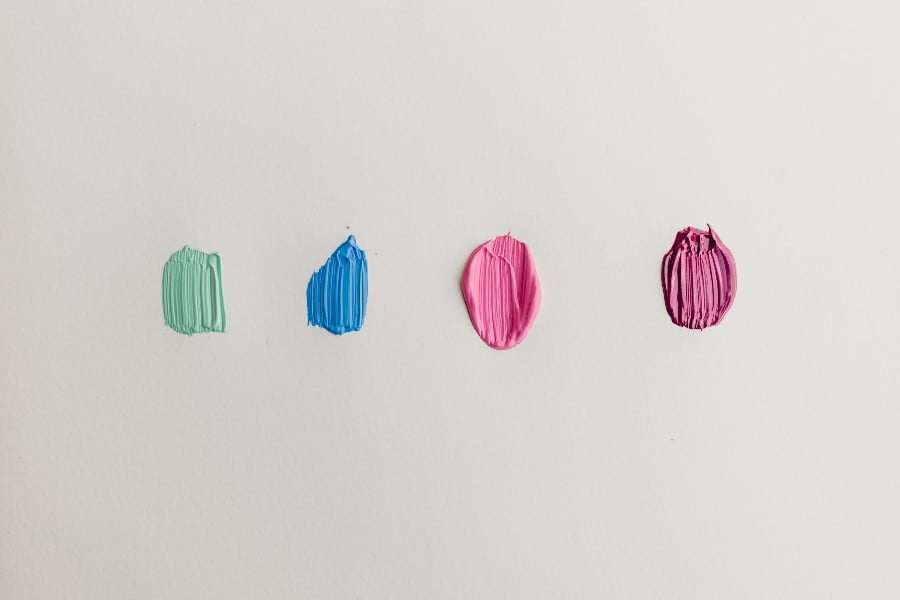
47. Romanticism finds its roots in Europe as a cultural movement
It is believed that the revolutionary events of the French and American revolutions served as inspiration for this artistic movement. Art, literature, and music were the primary mediums used to convey this artistic style. Jean-Jacques Rousseau is credited with having used this art form first.
48. Anish Kapoor recently won compensation for damages to one of their artwork
A sculpture was built by the artist using cement, resin, and polystyrene. This item was unintentionally thrown out after cleaners mistook it for trash. Kapoor was compensated handsomely for all of the damages in return.
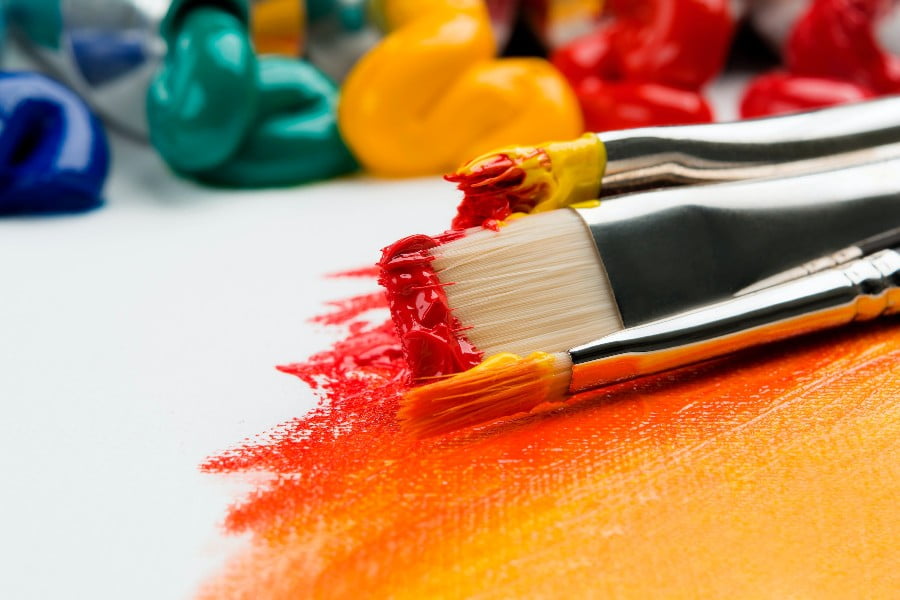
49. Five of the top 25 most expensive works of art are by Picasso
The top 25 most expensive paintings in the world are dominated by artists like van Gogh, Pollock, and Picasso.
50. One of the only surviving Roman bronze statues is the statue of Marcus Aurelius riding a horse
This is because iconoclasm throughout the Middle Ages in Europe was keen on destroying all traces of “pagan” civilization. The pre-Christian Roman empire’s bronze sculptures were all sought out and destroyed. The fact that people believed this statue to be of the Christian ruler Constantine is the only explanation for its survival.
For all the insanity that surrounds art, it is the only sane thing to define human existence over the years. So, we must cherish it by giving it the importance it deserves but also finding the humour that goes hand in hand with its creation.
Read also – 21 Amazing Facts about Turtles